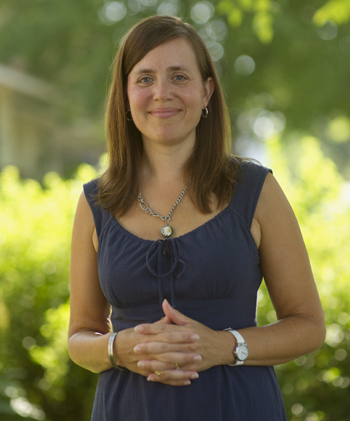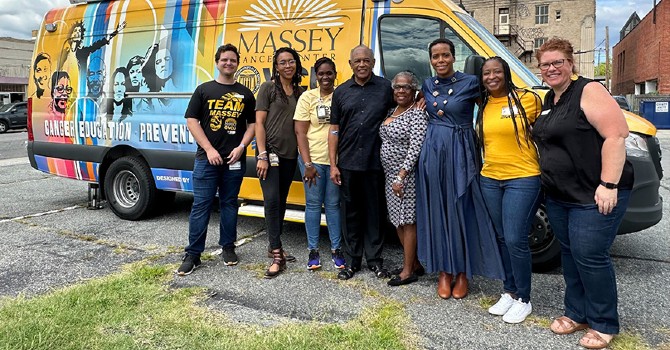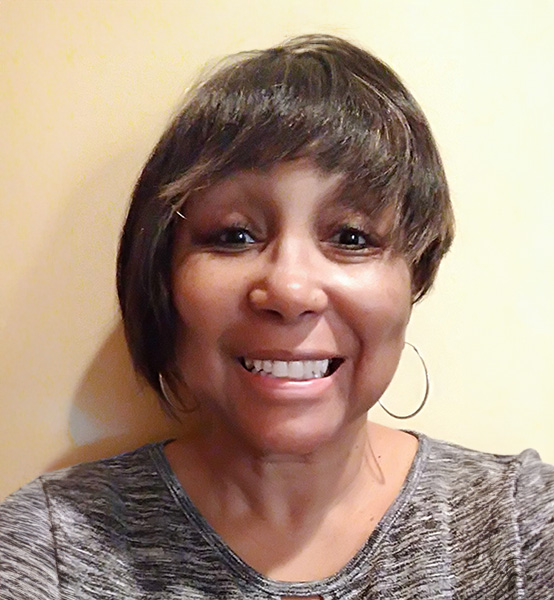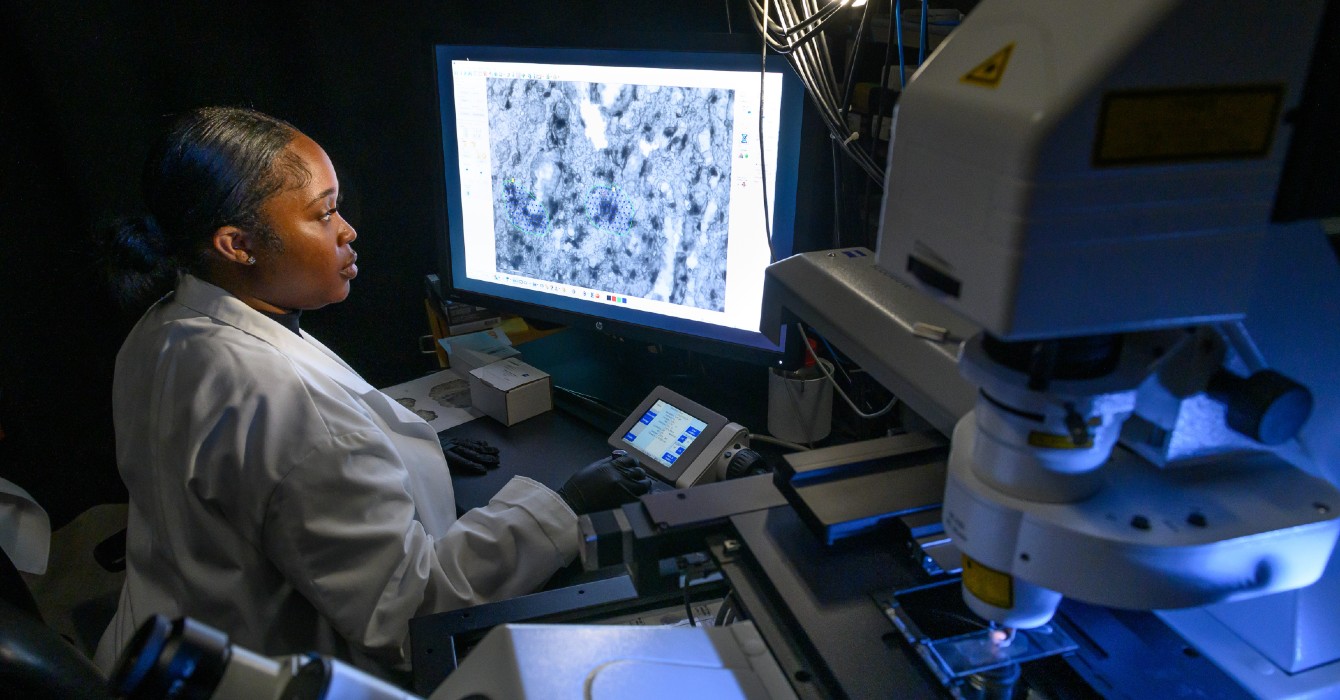I admit it. I used to be one of those haughty, judgmental types who didn’t own a cellphone and dismissed friends’ annoying requests to join Facebook, to read that one blog post that would change my life or to get an iPad so I could track my daily caloric intake.
Then I got sick. Really sick. I went from a healthy 41-year-old religion professor, wife and mother to a virtual invalid with a broken back, a stage IV cancer diagnosis and a lousy prognosis for the future.
Metastatic cancer forced me to resign from my full and wonderful life. Life at the university, at my daughters’ schools and activities, at church and in the neighborhood went away, replaced by a life confined to my bedroom, the oncology clinic and the cars that took me back and forth between the two.
It was during those gray days of winter 2009 that I had a conversion experience about the power of being connected virtually, through digital technology.
Even though I continue to worry about things like cyberbullying and addictions to digital devices, I can’t deny that virtual connectivity during the worst times of my illness offered a lifeline of support, love and access to the world beyond my small, debilitated life.
I, judger of digital technology, was buoyed and sustained by virtual interactions. I was converted to the healing power of what I’m calling the virtual body of Christ -- a vast virtual incarnation of the hands and feet of Christ that has surrounded my family and me during the most awful time of our lives.
And with a zeal common to converts, I’m out to spread the news to any and all who will listen.
While many Christian communities enthusiastically embrace everything from Twitter to live-streaming worship, virtual Bible studies and book groups, most of the mainline church folks in my circle tend to be much more hesitant about a robust relationship between religion and technology.
Many religion scholars sound the alarm about the potential harm in acquiescing to virtual forms of connection at a time when feelings of alienation and disconnection are on the rise. Christians follow a God who became flesh and blood to live and die among us, they remind us. And this means we are called to incarnational living, where we commit to be actually, physically present with one another -- in worship, in life together and especially during the worst of times. That is what it means to be part of the body of Christ.
In life before cancer, I agreed. I wholeheartedly believed that virtual connection was a poor substitute for in-person, physical presence, especially for those who are hurting. But cancer rearranged most things in my life, including my views of digital connectivity.
Sociologist of illness Arthur Frank observes that “during illness, people who have always been bodies have distinctive problems continuing to be bodies, particularly continuing to be the same sorts of bodies they have been.”
Living with a serious illness means learning to live with loss of control, especially of and in your body. When it’s your very sick body that’s out of control, being physically present with others can be discomforting, embarrassing, even humiliating. Those who bemoan the “disembodied” character of live-streaming worship or the “anti-incarnational” nature of Facebook may want to consider those who are too sick to physically make it into a church building.
My own conversion experience was ignited by the realization that virtual connections provide healing presence when physical communion is either impossible or just too darn hard.
In those early days of the diagnosis, when my experiences of my body were overwhelmingly ones of betrayal, being able to engage in virtual interactions alongside the face-to-face ones played a vital role in helping me cultivate a desire to keep on living.
Online, I could write in full sentences and not sound like I was dying. I could have virtual conversations without having to negotiate the I-can’t-believe-you’re-that-sick gaze. Tears I shed at the keyboard did not prevent me from saying what I was trying to say in an online post. And what I posted still sounded like the me I was familiar with, the me that was not wholly overcome by the stigma and diminishment caused by advanced-stage cancer.
Virtual interactions encouraged me to hold on to hope that I was not completely defined by the limitations of my very sick body. While my life would have been immeasurably diminished if I had had only virtual interactions during that time of serious debilitation, I was helped in powerful, life-affirming ways through virtual interactions with those who care about and for me.
I have been converted to the reality that virtual interactions are neither disembodied nor anti-incarnational ways of being present to one another. They are extensions of our physical presence with one another.
Countless family members and friends from far away have been a steady presence virtually since the diagnosis. Online posts of what cancer has done to my body and our lives have yielded in-person offerings of food, gifts for our daughters and an abundance of actual, material care for me and my family when we needed it the most.
At the heart of the vision of the church as the body of Christ is the call to take special care of the body’s most vulnerable members (1 Corinthians 12:22-26). That’s a huge task, but one made more possible by real care that can come through virtual means.
In a world full of hurt, it’s time to proclaim the good news that digital connectivity can help us better be the hands and feet of Christ to those in need. Won’t you join me?
















